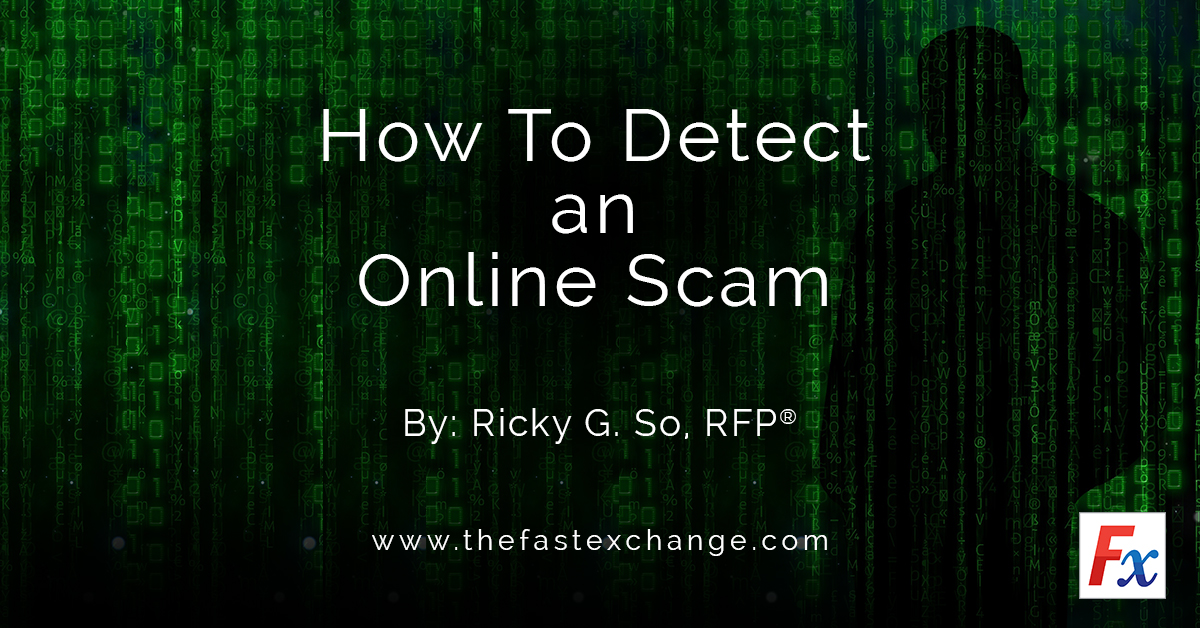
The advent of technology proved to be the greatest milestone in mankind’s modern innovation. It enables a lot of the ‘impossible’ things in the past – to be really a thing of the past. From portable phones, to video chat, free movies, holograms, to name a few. But just like anything, the positives will not exist without the negatives. In the case of technology we just have to live with the negatives as it is outweighed by the positives.
Unfortunately, some are still unaware of the perils of modern day technology. On the other hand, a group of unscrupulous people prey on their ignorance and naivety. Today, this is called cybercrime. According to a report from the World Economic Forum, this kind of crime raked in USD 500 billion and will grow to be US$ 2 trillion dollars in 2019. In another write-up, cybercrime is the second most reported crime in the US and the public perception about it is that it is increasing in occurrences despite massive efforts to combat it. Below is the list of top 20 countries plagued with cybercrime.

In the same report, the number one cybercrime activity is called Phishing. It is defined as the fraudulent practice in obtaining personal details, passwords, credit card numbers, bank account details, etc. through electronic communication like an email. Clearly, the target of phishing are mostly unsuspecting individuals who would give away these pieces of information online and to seeming trustworthy source whether corporate entities or just plain individuals.
Below are basic examples of how phishing are carried out by scammers:
- Online Update - an electronic communication will be received asking for one to update details online in order to avoid suspension of account, blockade of transaction and even getting a gift item. This kind of phishing comes from a corporate entity targeting credit card accounts and bank accounts. It would appear the communication is legit and is replicating the website of one’s provider.
- Emotional Story - an electronic communication will be received from an individual seeking help and assistance from the victim in return promises a financial reward. The phisher will then ask the victim’s details in order to process your financial ‘reward’. The infamous story was the Nigerian Prince, some would come from a widow or widower who is elderly and has a terminal illness.
- Lottery Win - an electronic communication informing the victim that a prize is won and awaiting to be claimed. Of course, in the name of facilitating the prize, the victim’s details are needed.
So far, these are my encounters in the past since doing electronic communications and online transactions. I was once a victim of a hacker who got control of my email account and sent letters to my contacts asking for financial assistance. And sadly one of my friend sent some money to the scammer in Scotland through a money transfer. According to her, the story sounds credible that prompted her to act and send some help money. It is my dismay that she did, on the other hand she is really a friend.
So, how can one be protected from this? How can one detect a ‘phishing’ scheme? The rule of thumb is not to be trusting when answering any of these email communication. For bank accounts and credit cards, never encode your numbers in a site you are not familiar with. A legit site has some security measures one should be aware of. The URL or site address is “HTTPS”. The S stands for a secured site and comes with an image of a padlock. Institutions who have online platforms especially banks, use an https prefixed address. So far, for more than 10 years now of doing online banking, I never had any issues about it. Next is to use a strong password – preferably with some characters and numbers. And regularly change it. If you are in doubt of the platform, do not proceed and instead report to the bank. Typically, the email notice will make you log in to a seemingly legit site which I experience just last week. But seeing the URL is not HTTPS, I did not proceed. My recent experience came close to the original, but the bogus site is not as fine or detailed so I know right away.
Same is true with sad stories, where the scammer seems credible sending you pictures on her bed and many more to prove that she is a real person. This lady is usually elderly and sick and has a huge fortune who needs your help in handling it. The question is why you? Of the million people in the world, you are chosen to carry out her last wishes in distributing her wealth to some charities of choice and compensate you in the process. If you will not use a bit of common sense and be greedy or maybe helpful, you will be in trouble. Some of these scammers are patient enough to exchange stories with you for a while until their ‘kill’ letter will be sent- asking for your personal info and bank details. As of this writing, somebody just message me from the US… same modus operandi.
The next type is the lottery win. This notification will land in your inbox informing you of a huge win in an electronic raffle using email addresses. I just saw one days ago. The price is like US$550,000.00 which will make you salivate imagining that amount of money in your bank account. One or two clicks in the internet, you will find out that it is the latest trend in the scam world.
If any of these circumstances arise or have crossed your path. Simply delete the email. Ignore. In these cases, inaction is the better decision. Be safe. You are forewarned.

READ MORE:

Leave a Reply